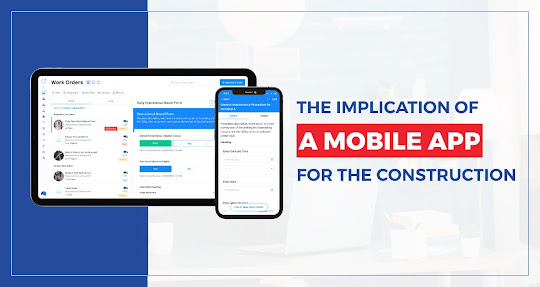What is Our Web Development Methodology?
There are several reasons why website projects might fail, but perhaps the most frequent one is that they didn't adhere to a set approach. The construction of a website is governed by a methodology for web development, where every other stage develops on the one before it and each acts as information for the upcoming series of tasks.
A website concept is transformed into a fully functional web application through the following 5 stages. The road map for a smooth, efficient, and timely completion of any project is formed by a thorough knowledge and accurate recording of these stages, the division of activities, resources, and the assignment of roles to various teams.
These 5 crucial stages make up an organized approach to the website creation process:
1. Website Planning
Before creating a website, this phase serves as the framework around which the entire strategy is developed and created. It entails careful requirement analysis, where essential details about the project's scope, goal, wireframes, and functional needs are addressed and recorded. Any unknown factors, such as online services and third-party APIs, are carefully examined. This is done to guarantee that there are no ambiguities once work begins and to improve our understanding of these third-party systems.
The discovery phase, which provides a comprehensive grasp of the purpose, business goals, and key demographic, is the most crucial element in the entire application development service delivery process. The most well plan of action with job breakdown, allocation of resources, project management schedules, and milestones is created based on such inputs. Such actions are taken by ORP Versatile Mobitech Company in Hoston.
2. Website Content
Having high-quality content is essential to attracting visitors to your site and encouraging them to come back time and time again, regardless of whether the objective of your website is to raise awareness, create more leads, convert more leads into customers, or do all three.
The process of creating all the knowledge your website delivers is known as web content creation. Research and analysis, creative design, writing, and editing, as well as structuring, arranging, and putting the final information on the website, are all examples of tasks that might be included.
Content production in the early days of the web typically involved collecting text from pre-existing sources and coding it into HTML. Web content, however, now encompasses almost everything that can be delivered by an HTTP server and accessed by a web browser thanks to today's sophisticated search engines.
3. Website Design
The web designers utilize the wireframes and recommendations acquired in the previous step as a reference for website design. For the target audience to be successfully engaged and retained, the website's design and feel are crucial. The design team will often produce many prototypes of the website before finalizing it, depending on feedback from the customer.
In addition to other factors, an appealing site design is necessary to increase web page traffic and conversion rates. The front-end developers start hand-coding the portal's User Interface components when the design is complete. During this phase, there is a constant flow of ideas between the web designers, graphic designers, coders, and clients to maintain that the website reflects perfectly the client's requirements and character traits.
4. Website Development and Testing
The website's functional components are constructed during the development stage. The features and functions that were decided upon during the exploration process are created by skilled programmers. This entails writing special features that are unique to the particular project, connecting the user experience with the backend database, and coding the business logic.
During this stage, content management systems, frameworks, and databases are installed, set up, and customised. During this stage, integration with any additional API-based systems, online services, or third-party apps is also finished. There are measures made to guarantee that the code is flexible and compliant with current web standards. The application goes to the next step, known as the launch phase, once the customer has completed reviewing and approving the website in its entirety.
5. Website Maintenance and Review
Deployment is not the end of the web development process. In the whole web development process, software maintenance is crucial. The goal of software maintenance is to alter and update software programs in order to fix issues, expand capacity, and add features to increase system performance.
Software maintenance includes all upgrades, alterations, bug repairs, patches, and the development of new features aimed at enhancing the performance of current software. Make sure that your software team immediately solves any issues that may arise. Any inaccurate information or out-of-date content results in the loss of a potential customer. The only web development company in Houston that provides free bug assistance is ORP Versatile Mobitech.
Conclusion
Finally, never forget that web development involves more than just code. Every stage of the web development process, which is broken down into smaller parts, is essential to a project's success. When it comes time for delivery, ORP Versatile Mobitech follows all these precautions and makes sure there aren't any unpleasant surprises for our consumers. Here is a list of every stage in the creation of our website.
Jump on a call with us for a quick consultation if you want to create a web application and want the services of a Web developer.




Comments
Post a Comment